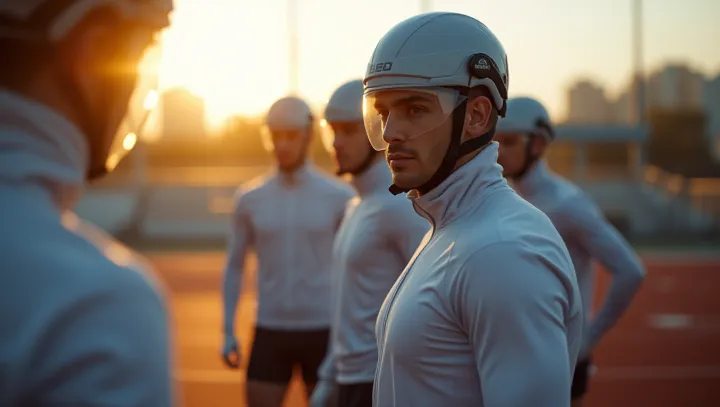Heat Training: Balancing Challenge and Safety

Athletes worldwide are encountering new challenges as global temperatures soar. The pursuit of athletic excellence is now balanced with the imperative of safely navigating the rising heat. Events in traditionally cooler climates are now experiencing unseasonable warmth, adding complexity to training regimens.
Experts, including Dr. Emily Johnson, a leading sports scientist, underscore the critical importance of hydration. 'Proper hydration is not just beneficial but essential to prevent dangerous heat illnesses,' she states.
Athletes must adapt their training schedules to cooler parts of the day and gradually acclimate to the heat over weeks. Furthermore, understanding the signals of heat stroke and exhaustion remains vital. With events like marathons often scheduled amidst high temperatures, recognizing symptoms such as dizziness, nausea, and excessive sweating can be life-saving.
Organizers are increasingly proactive, offering more water stations and medics on-site. As we face a warming climate, the collective effort of athletes, trainers, and event coordinators becomes crucial. The synthesis of knowledge, preparation, and vigilance stands as the bedrock of safe sports practices, making the question not just about performance but sustainability.
